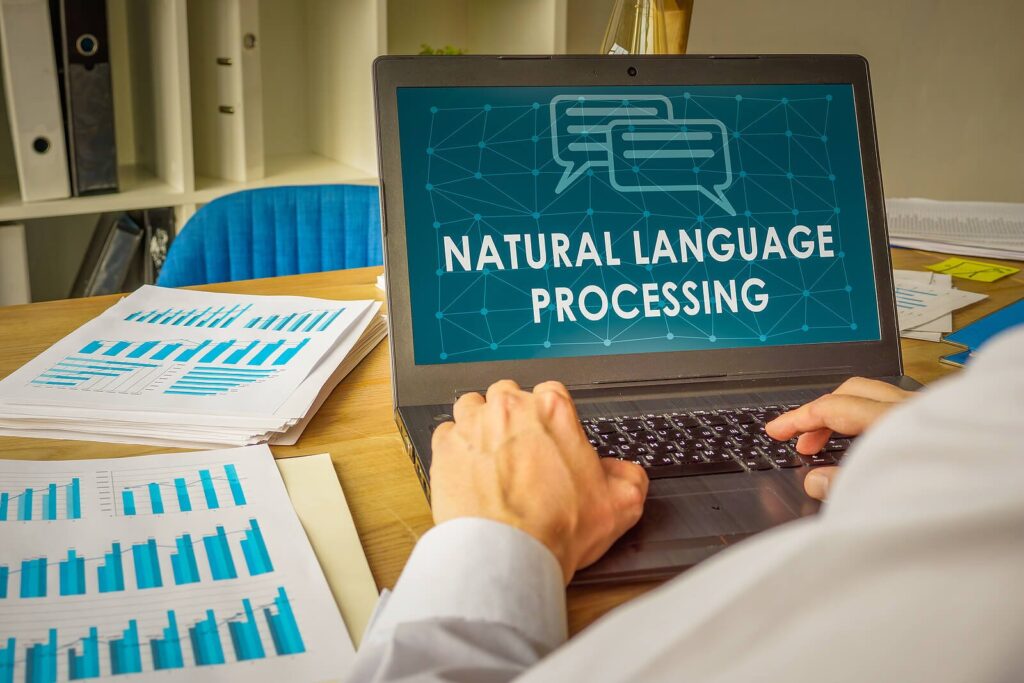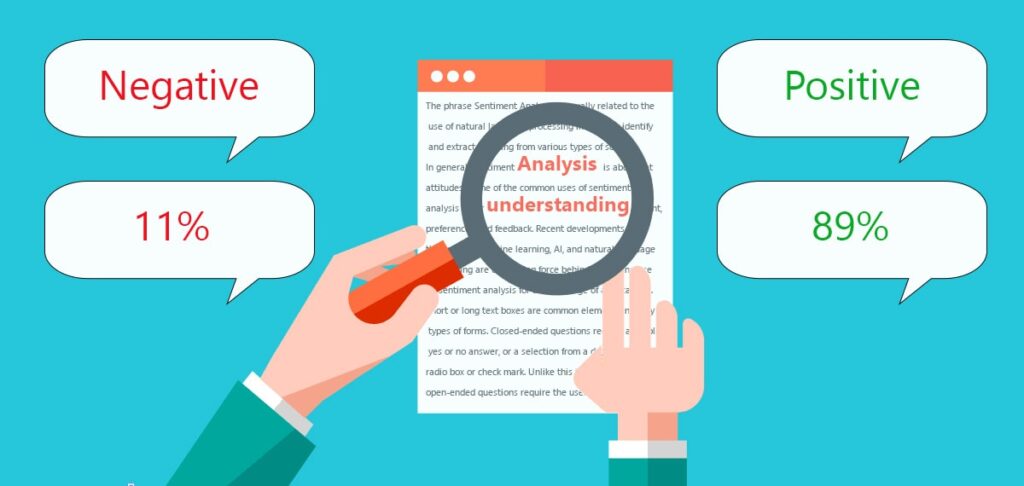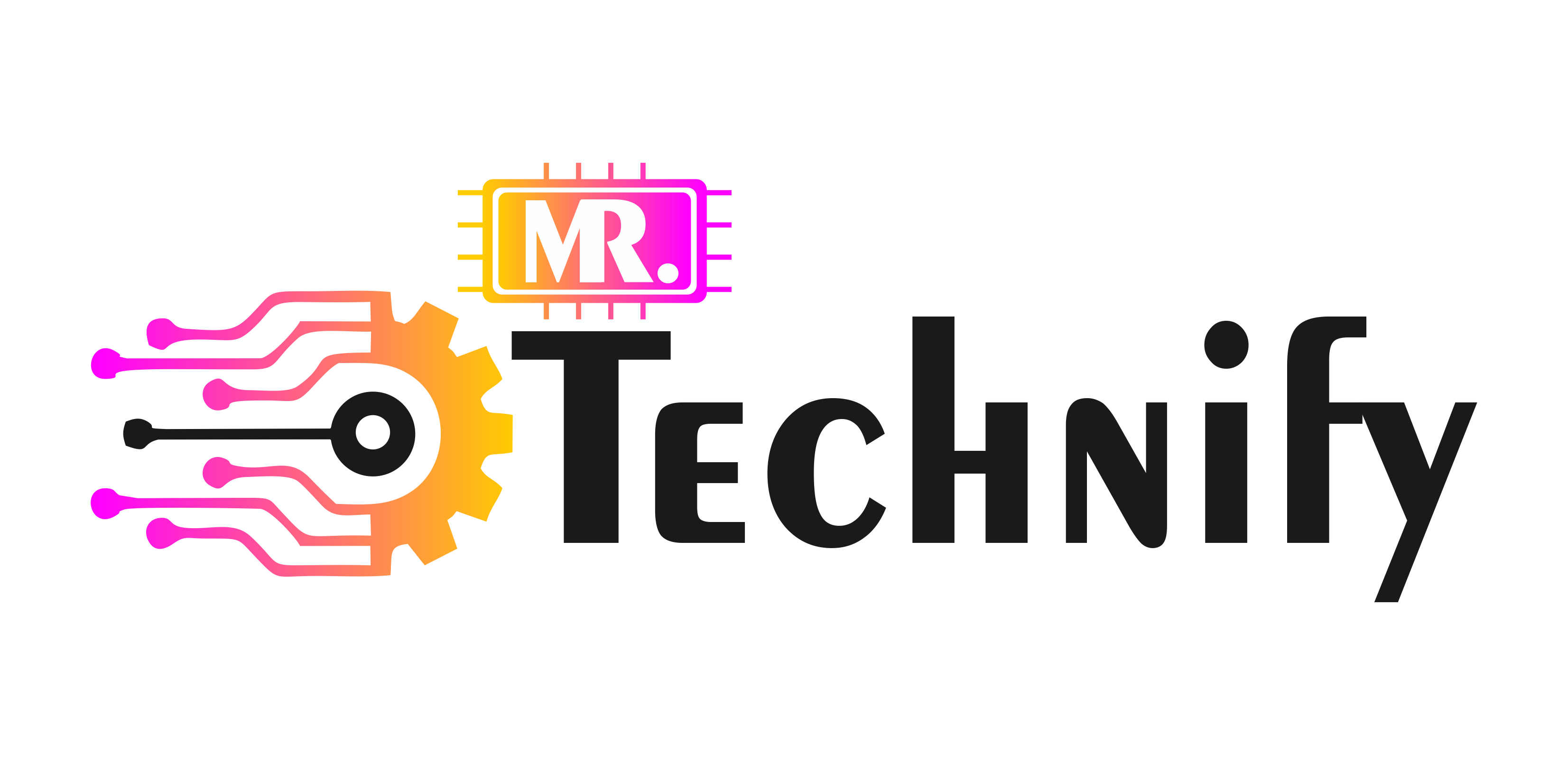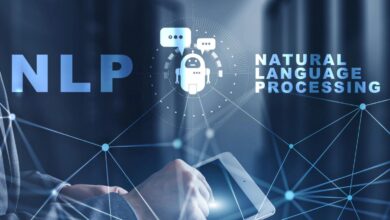Introduction to Natural Language Processing
Have you ever wondered how your phone’s assistant understands your voice commands or how Google translates languages with such accuracy? Natural Language Processing—a computer science-linguistics field—has the solution. This essay explores NLP’s interesting universe.
Brief History of NLP
A computer pioneer, Alan Turing, presented an intriguing question in the 1950s: “Can machines think?” This query lit the fuse that sparked the formation of Artificial Intelligence and NLP. Haven’t we gone a long way since then?
Understanding NLP
To understand NLP, we must first break it down into its components and working mechanism.
-
Components of NLP
NLP has two fundamental components – Natural Language Understanding (NLU) and Natural Language Generation (NLG). NLU involves human language comprehension by machines, while NLG is about generating human-like text by machines. It feels like a sci-fi movie.
-
How NLP Works
NLP uses algorithms to identify and extract the natural language rules, allowing systems to understand and respond to inputs in a way that mimics human interaction. It’s like teaching a child to communicate, but the child is a machine.
Applications of Natural Language Processing
Let’s explore some of the applications of NLP that are silently revolutionizing how we interact with technology.
-
Sentiment Analysis
Have you ever noticed how companies gauge your feelings toward their products based on social media posts or product reviews? This is sentiment analysis, and NLP makes it possible.
-
Machine Translation
NLP enables efficient translation between languages, breaking down barriers and enabling global communication. Can you imagine a world without this?
-
Speech Recognition
Voice assistants, transcription services, and more – all of these rely on NLP for speech recognition.
Challenges in Natural Language Processing
NLP has its challenges – from understanding context and nuances to grappling with linguistic diversity, there are plenty of hurdles to overcome. However, that’s what makes this field so exciting, right?
-
Recent Trends in NLP
We’re witnessing a revolutionary period in NLP with breakthroughs like deep learning and transfer learning.
Use of Deep Learning
Deep learning enables machines to interpret language in ways we never imagined before. It’s like providing the machine with a magnifying glass to look deeper into the language!
Transfer Learning in NLP
Transfer learning allows models to apply knowledge from one task to another, improving efficiency and accuracy. It’s akin to applying your knowledge of cycling to learn motorbike riding.
Future of NLP
NLP has the potential to usher in the future when robots can have conversations with people just as naturally as we do. The possibility of this happening is intriguing.
Conclusion
Our interactions with machines have been transformed by natural language processing, which is still expanding the realm of what is practical. As we conclude, remember we are merely on the tip of the iceberg, NLP. So, what’s next in this thrilling field?
FAQs for Natural Language Processing
What are some applications of NLP?
NLP applications include sentiment analysis, machine translation, and speech recognition among others.
What are the challenges faced in NLP?
Challenges in NLP include understanding context, deciphering nuances, and dealing with linguistic diversity.
What are recent trends in NLP?
Recent trends in NLP include the use of deep learning and transfer learning for better language interpretation.
What is the future of NLP?
The future of NLP holds promise for more human-like interaction between humans and machines.


